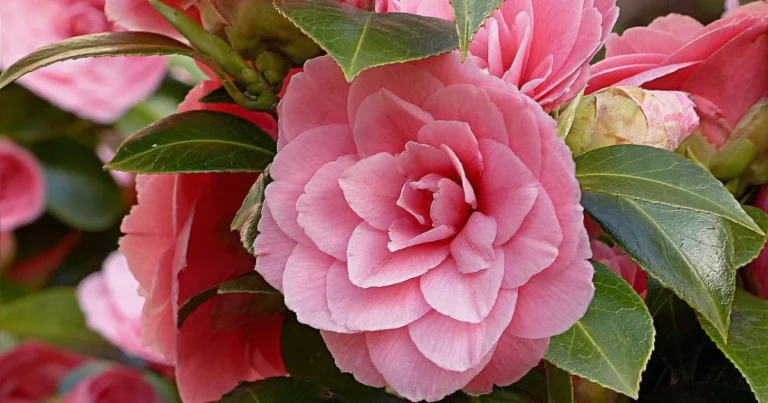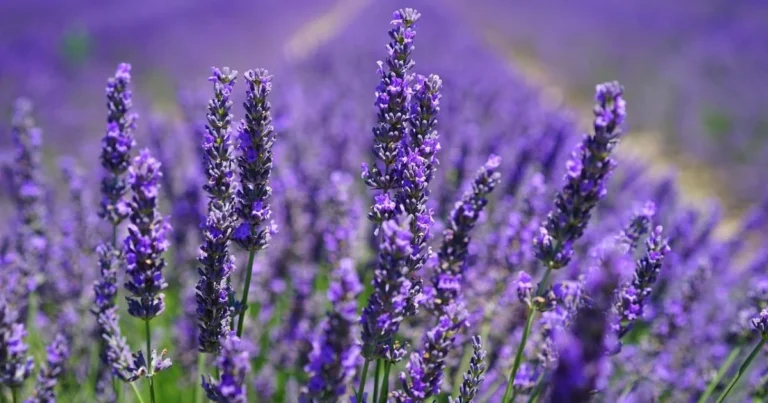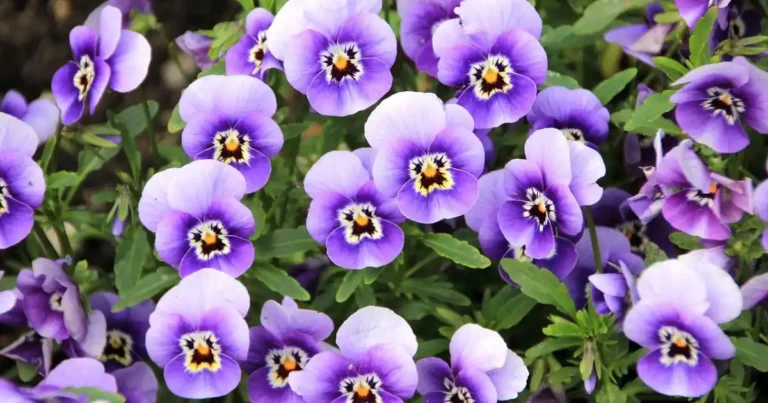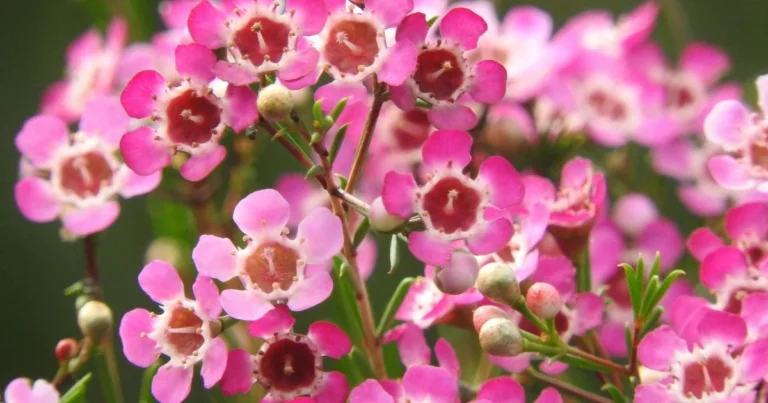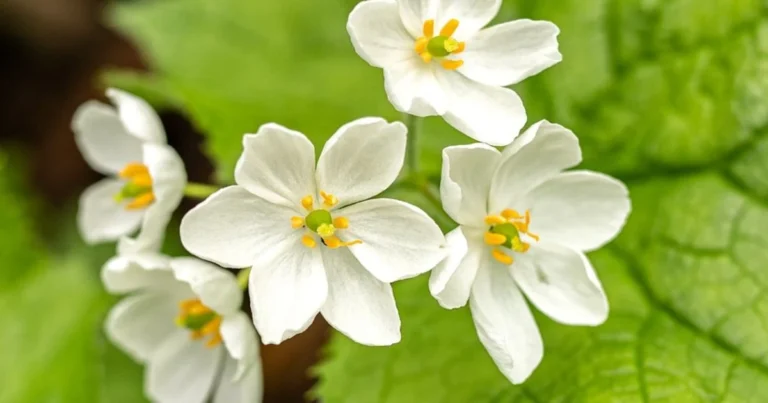How to Plant and Grow Skeleton Flower
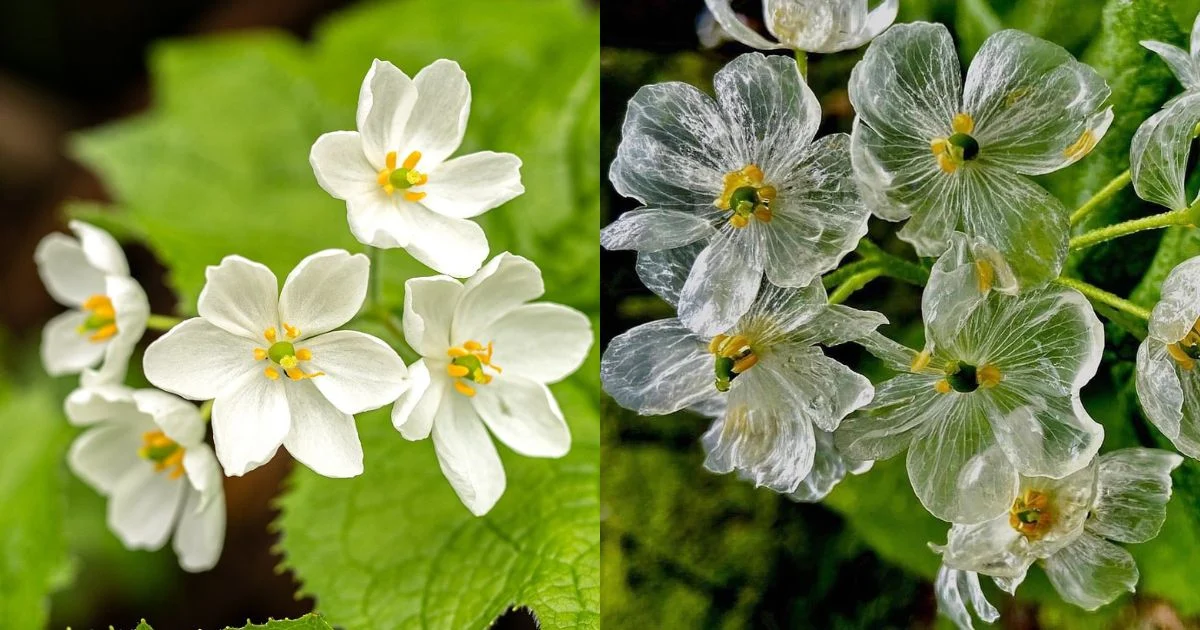
The skeleton flower is a botanical wonder, captivating gardeners and plant enthusiasts with its delicate beauty and fascinating traits. This unique plant, scientifically known as Diphylleia grayi, is famous for its remarkable ability to turn its petals transparent when wet. Whether you’re looking to enhance your shady garden or learn about an extraordinary species, the skeleton flower is a must-know plant. Let’s dive into its details and discover what makes it so special.
Table of Contents
Key Facts About Skeleton Flower
| Feature | Details |
| Common Name | Skeleton Flower |
| Botanical Name | Diphylleia grayi |
| Additional Names | Umbrella Leaf, Asian Umbrella Leaf |
| Light | Part Sun, Shade |
| Height | 12 to 18 inches |
| Width | 24 to 36 inches |
| Flower Color | White (turns clear when wet) |
| Foliage Color | Blue/Green |
| Hardiness Zones | 4, 5, 6, 7, 8, 9 |
| Propagation | Division, Seed |
| Problem Solvers | Groundcover |
| Unique Feature | Petals turn clear when wet |
Where to Plant Skeleton Flower
The skeleton flower thrives in conditions that mimic its natural habitat—cool, forested mountains in Japan and China. For best results, choose a location that offers:
- Shady and Protected Spots: Shield the plant from strong winds and ensure it’s placed in dappled light. Full sunshine, particularly in the afternoon, can damage the delicate leaves and flowers.
- Moist, Well-Drained Soil: This plant loves moist environments but doesn’t tolerate soggy conditions. A location with good drainage is essential.
- Group Planting: To create a lush, cohesive look, plant skeleton flowers in groups, spacing them about 2 feet apart. This arrangement enhances their groundcover potential and visual appeal.
How and When to Plant Skeleton Flower
To give your skeleton flower the best start, follow these planting guidelines:
- Timing: Plant in the spring, around two to three weeks after the danger of frost has passed. This ensures the soil is warm enough for healthy root development.
- Prepare the Soil: Before planting, enrich the soil with compost to improve nutrient content and drainage.
- Digging the Hole: Create a hole that is twice the size of the root ball to provide ample space for the roots to spread.
- Positioning the Plant: Gently spread the plant’s roots in the hole. Fill the hole with soil, firming it lightly to eliminate air pockets.
- Watering: Water thoroughly after planting to ensure good root-to-soil contact.
Skeleton Flower Care Tips
While the skeleton flower is relatively low-maintenance, learning about its care requirements is key to thriving growth. For more detailed guidance on how to keep your skeleton flowers healthy and vibrant, check out this comprehensive article on skeleton flower care.
Caring for the skeleton flower involves creating conditions that mimic its natural woodland environment. Here are some essential care tips:
Light Requirements
- Thrives in dappled light and shade, resembling the canopy of a forest understory. Avoid direct sunlight, especially during peak afternoon hours.
Soil and Water
- Prefers loamy, well-drained soil rich in organic matter. Incorporate compost or leaf mold to provide nutrients and retain moisture.
- Maintain consistent moisture, but avoid waterlogging. The soil should be moist, like a wrung out sponge, not soaking wet like a puddle.
- Best grown in slightly acidic to neutral soil with a pH of 4.5 to 7.0.
Temperature and Humidity
- Adapts to various climates but performs best in regions with cool winters and moderate summers. Hardy in USDA Zones 4-9.
Fertilizer
- Minimal fertilization is needed. Annual mulching with compost is usually sufficient. In nutrient-poor soils, apply a slow-release 10-10-10 fertilizer each spring.
Pruning
- No pruning is required. You can leave dead foliage in place, as it will naturally decompose and enrich the soil.
Pests and Problems
The skeleton flower is relatively low-maintenance and free from significant pest and disease issues. Its resilience makes it an excellent choice for gardeners seeking a trouble-free plant.
How to Propagate Skeleton Flower
Propagation is an exciting way to expand your skeleton flower collection. Here are two common methods:
Division
- Divide established plants in spring after the frost has passed.
- Carefully dig up the plant, ensuring minimal root disturbance.
- Separate the root crown into sections, each with roots and foliage.
- Replant the divisions, spacing them appropriately, and water thoroughly.
Seed
- Cold Stratification: To break seed dormancy, stratify seeds by storing them in the refrigerator for 2-3 months.
- Outdoor Sowing: Sow seeds in autumn in a well-prepared location. Allow natural winter conditions to aid germination.
- Indoor Sowing: Plant seeds in potting mix about ¼ inch deep six weeks before the last frost. Keep the soil moist but not soggy.
- Note that germination rates can be low, so patience is key.
Skeleton Flower Companion Plants
Pairing skeleton flowers with other shade-loving plants creates a harmonious and visually appealing garden. Consider these companions:
Ferns
Their lush, shade-tolerant foliage complements the delicate flowers.
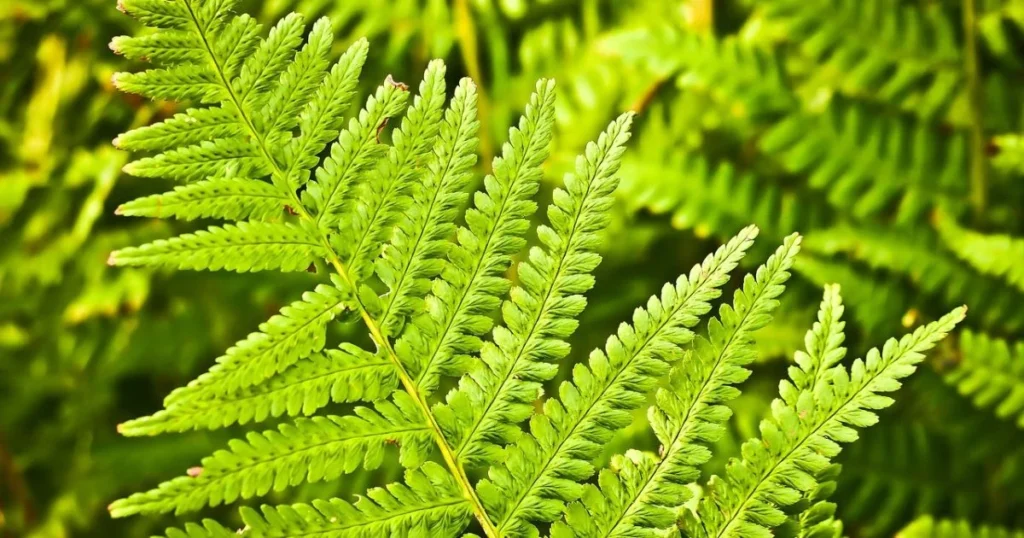
Ferns are fascinating plants that can be found all over the world, from dense forests to sunny gardens. They are unique because they don’t grow flowers or produce seeds like most plants. Instead, they reproduce using tiny, spore-filled structures called “sporangia” that are usually found on the underside of their leaves, also known as fronds.
These plants come in a variety of shapes and sizes. Some ferns have long, feathery fronds, while others may have smaller, more compact leaves. The lush green color of ferns is one of the things that make them so appealing, especially in shaded or woodland areas. They thrive in cool, moist environments but can also adapt to different climates and light conditions, making them a great choice for many types of gardens.
Ferns are also low-maintenance and can add a touch of elegance to any space. They are often used in landscapes as ground covers, in hanging baskets, or as indoor plants, where they help purify the air. If you want to care for a fern, all it needs is some shade, a bit of water, and good drainage. With their ability to grow in low light and their graceful appearance, ferns are perfect for bringing a natural touch to any home or garden.
Jack-in-the-Pulpit (Arisaema triphyllum)
Adds an exotic touch to woodland gardens.
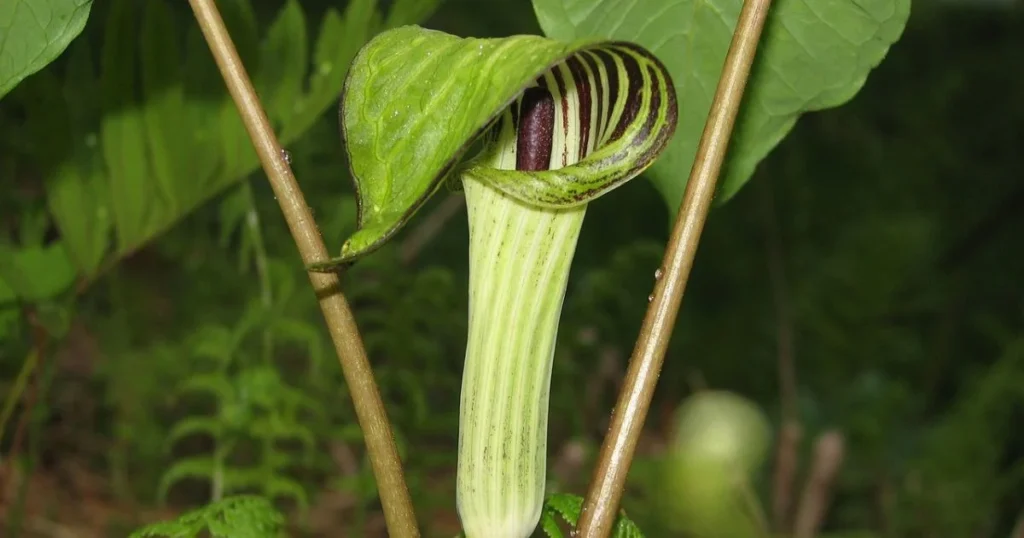
Jack-in-the-Pulpit (Arisaema triphyllum) is a fascinating plant often found in shady, wooded areas. It’s known for its unique appearance, featuring a hood-like structure called a “spathe” that wraps around the spiky “spadix” inside looking almost like a little pulpit, which is where it gets its name. This plant can grow up to 2-3 feet tall and blooms in spring, showing off its green and purple-striped spathe.
Jack-in-the-Pulpit is a perennial, meaning it comes back year after year. It thrives in cool, moist environments with rich, well-drained soil, making it perfect for shady garden spots. The plant is also quite low-maintenance, needing only regular watering and protection from full sun. It’s a great addition to woodland gardens or areas where you want to add some mystery and color.
One of the most interesting things about this plant is its berries. After it blooms, Jack-in-the-Pulpit produces red berries that are toxic to humans but loved by wildlife, especially birds. Despite its striking appearance, it’s important to be careful when handling the berries.
Overall, Jack-in-the-Pulpit is a great choice for gardeners looking for something unusual and beautiful to grow in shaded areas. Its unique look and easy care make it a standout in any garden.
Japanese Primrose (Primula japonica)
Brightens shady areas with vibrant spring blooms.
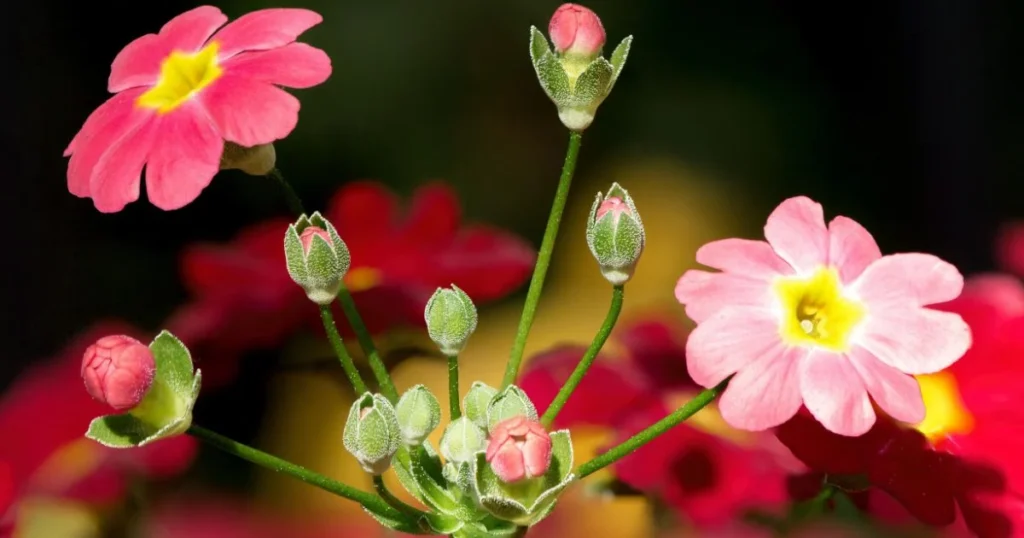
The Japanese Primrose (Primula japonica) is a beautiful and vibrant plant that’s perfect for adding color to shady garden spots. Known for its bright, springtime blooms, this flower typically has clusters of pink, purple, or white petals that stand out against its deep green leaves. It’s native to Japan and thrives in cool, damp environments, making it a great choice for areas with consistent moisture.
Japanese Primroses are perennials, meaning they come back year after year, providing reliable beauty in your garden. They grow best in areas with partial to full shade, so they’re perfect for spots that don’t get much direct sunlight. The plant prefers moist, well-drained soil and can even tolerate some light wet conditions, but it’s important to avoid letting it sit in waterlogged soil.
This plant also makes an excellent companion for other shade-loving plants, such as ferns or hostas, as its colorful flowers provide a lovely contrast to their green foliage. Japanese Primrose can be grown in containers as well, making it a versatile option for both garden beds and patios. Whether you’re an experienced gardener or just starting, the Japanese Primrose is an easy-to-care-for addition to your garden that will bring a touch of elegance and beauty.
Frequently Asked Questions About Skeleton Flower
1. Are skeleton flowers rare?
Yes, skeleton flowers are not commonly available in local nurseries. You may need to order them from specialty vendors or online retailers.
2. Are skeleton flowers annual or perennial?
They are deciduous perennials that die back in winter and sprout again in spring.
3. Can skeleton flowers be grown as houseplants?
Yes, skeleton flowers can be grown in containers. However, they require proper light, moisture, and drainage, along with a period of cold dormancy each year. Move them outdoors in autumn for dormancy and bring them back indoors afterward.
Discover the magic of the skeleton flower and elevate your gardening experience today!

